The first generation of the Train à Grande Vitesse (high-speed train) reached a top speed of 380 kilometres per hour (236 mph), cutting the journey time between Paris other French cities to just a few hours, as opposed to the full-day, or even overnight, trip required previously.
TGV: 9 things you might not know about France’s high-speed trains
Hailed as a prime example of French engineering and industrial prowess, TGV technology has been exported to several other countries including South Korea, Spain, the United States and Italy.
Jacques Cooper said his train design was inspired by the nose of the Porsche 914-6 limited-edition sports car model that he had designed for the German manufacturer a decade earlier.
The Porsche was orange, which also became the trademark colour of the new fast trains.
“He will have impacted rail forever,” Henri Poupart-Lafarge, CEO of Alstom, said of Cooper, who worked at the firm in the 1970s and 1980s.
“Especially by designing the distinctive nose of the orange TGV that opened the way to high-speed travel in France.”
Cooper, who designed tractors and helicopters before turning to trains, also helped design trains for the Santiago de Chile and Cairo Metros.
France’s national rail operator SNCF is to take delivery of a new generation of fast trains, called TGV-M, by the end of next year, the exterior design of which remains close to Cooper’s original blueprint.

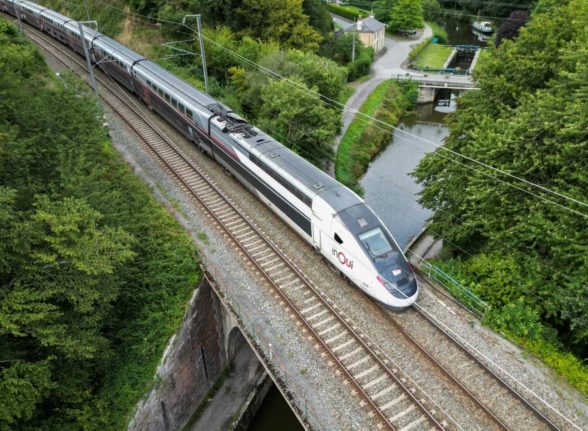

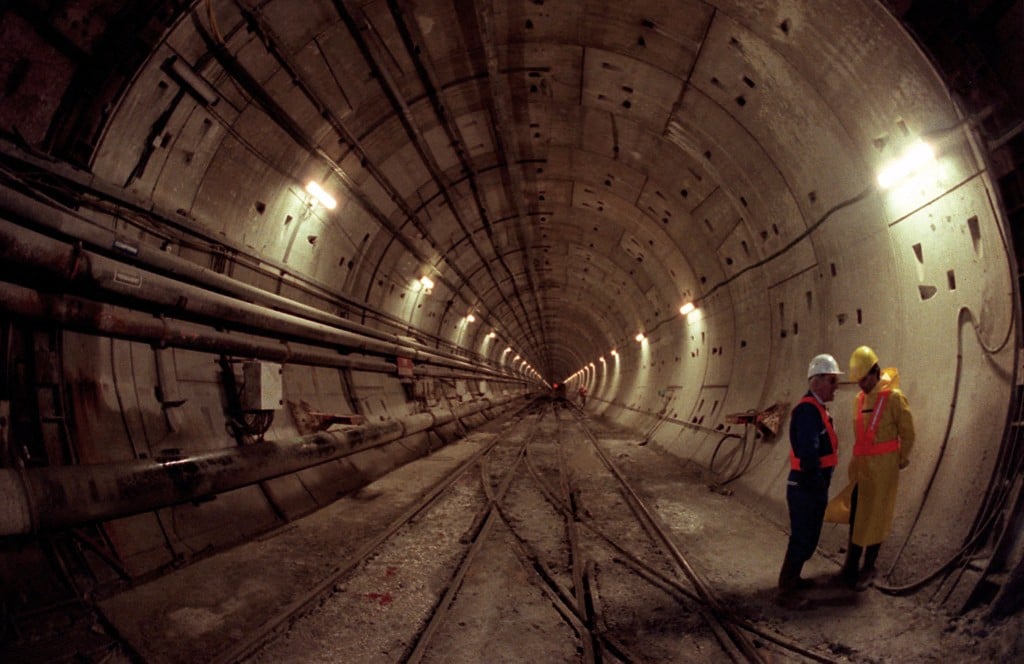

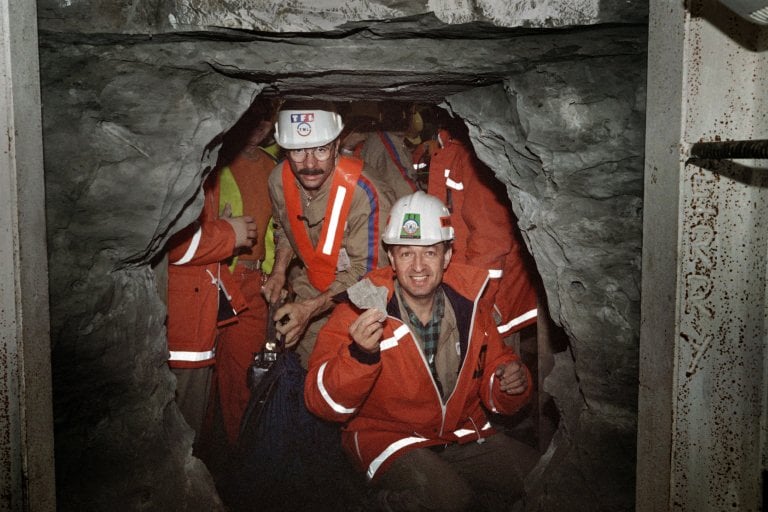
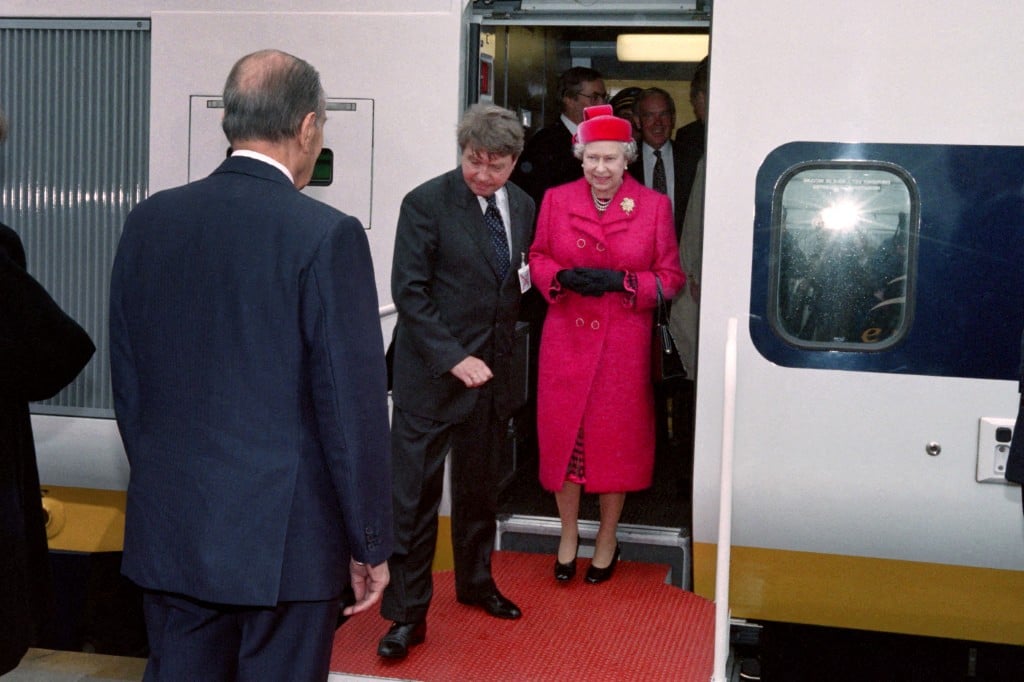
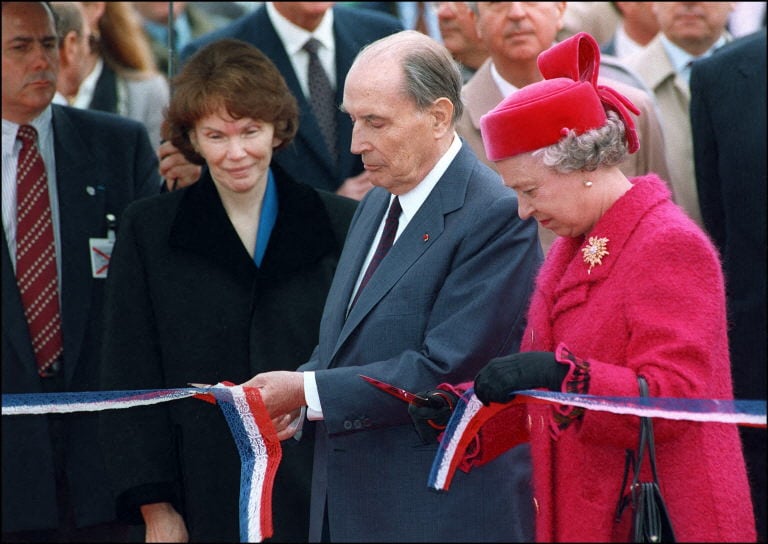



 Please whitelist us to continue reading.
Please whitelist us to continue reading.
Member comments